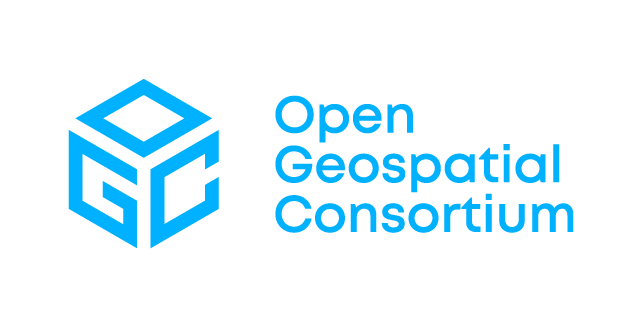Next Generation SDI
Next Generation SDI
Traditional Spatial Data Infrastructures (SDIs) built on the idea of standard data models. Standard data models are powerful to enable data interoperability. However, due to their ambition to comprehensively represent a domain, they tend to be over-specified. On the other hand, they allow too much flexibility in implementation and modeling details to adapt to the needs of different use cases.
OGC’s systemic approach to modernize SDIs builds on an architecture that based on insights into human knowledge acquisition and communication. Thereby, the elements of the real world are separated from the observations about these objects. A street is thus initially only a connection between two points. Only in a second step, the generic mental model “road” as well as the knowledge about a specific real road are enriched and communicated via the mediation of further observations about this road. The individual elements of our environment are thus defined in a largely value-free way and dynamically connected with observations. In this process, system-wide, shared principles are clearly separated from best practices and individually expressible solutions.
Technically, this leads to a decoupling of five elements. First, system-wide shared (modular) conceptual models that define object identification and object relationships. Second, domain-specific logical models, which represent details about specific objects. Third, implementation profiles of both higher-level models, which (fourth) apply vocabularies of individual user groups. Fifth, physical or transactional models are then used to transfer data.
OGC’s new full-spectrum interoperability concept will further develop SDIs implementing the linked data concept. This concept is based on the assumption that one can get from any digital artifact to the following related artifacts without difficulty. From any data set, service endpoint, or example, it will be possible to retrieve data set definitions, metadata, used sampling protocols, governance and provenance information, applied data model specifics or any other information by following links. In this sense, next generation SDIs work like the World Wide Web, just with more types of relationships. Next Gen SDIs will allow traversing from data to definitions, rules, specifications, or applications, similarly as the Web allows to jump from one website to another.
Next generation SDIs implement a linked data concept at various levels. This includes the system-wide level described above but is also found on a more fine-granular level. OGC will define building blocks for critical concepts along space and time. These building blocks result in the implementation of best practices for reoccurring challenges across geospatial domains. These include, for example, the handling of provenance, observations, and other concepts. Building blocks link the actual documentation of the building block to the specification(s), code snippets, data examples, etc., to support developers and system engineers.
In summary, OGC next generation SDIs implement state-of-the-art concepts from the linked data space, semantic interoperability, and knowledge engineering. OGC establishes patterns for doing things but leaves sufficient leeway for community-specific adaptations without sacrificing high levels of interoperability.
